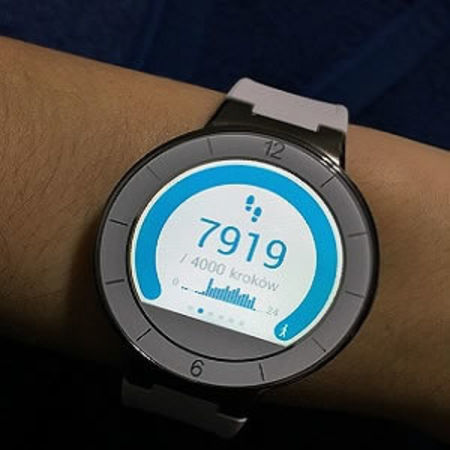The global wearable devices market is expected to be worth almost $6 billion by 2021, or nearly triple its value in 2016 (over $2 billion), as a downward trend in prices in developed regions is helping to broaden use of these products, according to a new report from Technavio Research.
See Also: New Alliance Aims to Improve mHealth App Use
In North America, Western Europe and other developed markets, the demand for and shipment of smart wearable devices — smartwatches, wearable bands, wristbands, medical devices and the like — has increased recently, the report said. The decline in the cost of these products is a major driving force behind the adoption of wearable devices, it noted.
Other factors contributing to increased use of wearable devices include:
- Initiatives launched by many organisations encouraging their employees to use wearable devices to track their health and fitness.
- Provider organisations continue to find ways to use such devices to improve their ability to monitor patients’ conditions and adherence to treatment plans.
Meanwhile, 3D printing is spurring significant innovations in the market. Technavio says 3D printing helps in the optimum utilisation of input material resources that are wasted during the production process with traditional techniques.
Strategic alliances are also helping makers of wearable devices to boost sales of their products and services, the report noted. For instance, Ericsson and SAP are enabling mobile operators to join them in selling cloud-based Internet of Things (IoT) solutions, including device connections and service enablement platforms for enterprises.
Source: Health Data Management
Image Credit: Pixabay
Latest Articles
wearable devices, cloud-based Internet of Things, smartwatches
The global wearable devices market is expected to be worth almost $6 billion by 2021, or nearly triple its value in 2016 (over $2 billion), as a downward trend in prices in developed regions is helping to broaden use of these products























